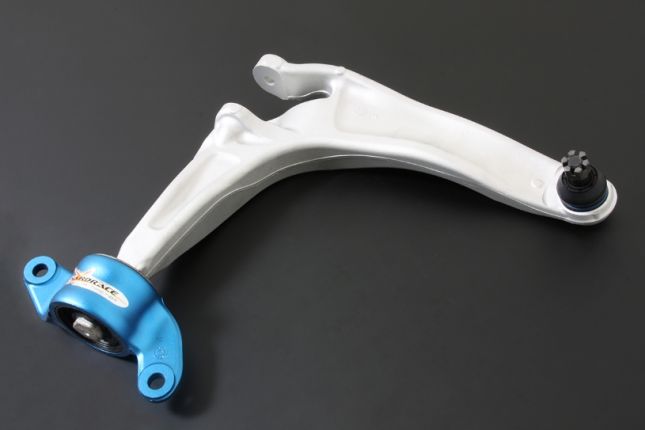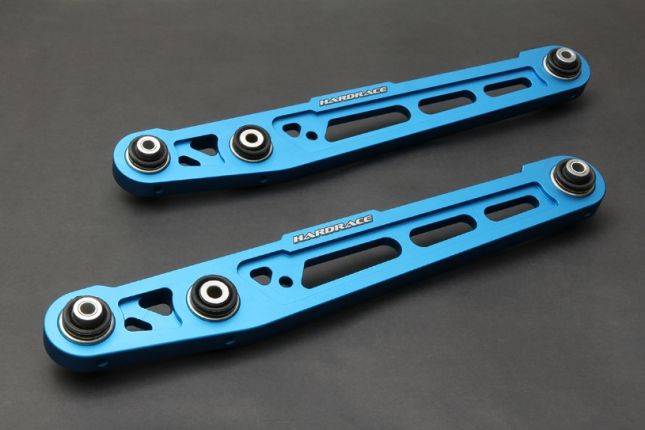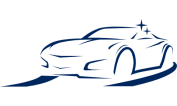Everything About Control Arms On A Car

You can determine a vehicle’s drive comfort by the quality of its suspension system. A suspension system is a group of components clubbed together that aids in shock absorption and maintaining vehicle stability. Control arms are vital in the smooth functioning of the suspension system, and here is everything you need to know about them.
Table of Contents
The Build Of Control Arms
Control arms connect the vehicle chassis to the wheel frame. The main function is to allow for upward and downward steering movement depending on the road’s condition. Therefore, control arms are located on each end of the front axle. One end of the arm connects with the wheel, and the other end connects with the vehicle frame.
Companies prefer iron, steel, and aluminum as their building material for control arms. Each material has its own advantages; steel and iron are sturdy but prone to rust and corrosion, while aluminum arms are light in weight but prone to bends and cuts.
These arms are connected through a series of bolts and bushings to avoid metal contact and prevent bruises. The design of these arms is very basic; they are usually L-shaped, A-shaped, or wishbone-shaped. Some of the vehicles may have two control arms on the upper and lower end of the axle.
Functioning
Control arms do not have a complex set of functions. Their job is simply to maintain coordination between the steering, frame, and wheels. Control arms ensure easy handling on rough surfaces and allow the driver to maneuver the car in any direction they want.
The ball joint swiveling on control arms is also the connection point for the steering, which allows the frame to move in unison with the steering.
The frame end of the arms has a hinge joint which allows for upwards and downwards movement on all kinds of rough and patchy surfaces. The main function is to keep the vehicle attached to the ground.

Damages On Control Arms
A vehicle has multiple moving components that brush against each other and suffer damage over time. Control arms are no different; they are located at a very critical point and sandwiched between two heavy moving parts. Therefore, three kinds of damage are usually spotted on control arms.
One is frame damage which results from rust and corrosion. Driving regularly on damp and moist roads can accelerate the frame damage. Also, you must drive slowly on water-clogged roads to allow minimum water to sweep in.
The second is ball joint damage which results from heavy braking. Sudden braking at high speeds can accelerate ball joint damage. The third is bushing damage which occurs in a usual course of time due to contact between moving parts.
Consequences Of Damaged Control Arms
If you experience a sudden decline in ride quality and comfort, you may have damaged control arms. Frequent misalignments and uneven tire wear are one of the major symptoms of damaged arms.
Additionally, you may also experience inconsistent and inefficient braking along with unusual vibrations and cabin noises. All these problems can stem from damaged control arms, so contact your mechanic as soon as possible for an appropriate replacement.
